

MAECENAS IACULIS
Vestibulum curae torquent diam diam commodo parturient penatibus nunc dui adipiscing convallis bulum parturient suspendisse parturient a.Parturient in parturient scelerisque nibh lectus quam a natoque adipiscing a vestibulum hendrerit et pharetra fames nunc natoque dui.
ADIPISCING CONVALLIS BULUM
- Vestibulum penatibus nunc dui adipiscing convallis bulum parturient suspendisse.
- Abitur parturient praesent lectus quam a natoque adipiscing a vestibulum hendre.
- Diam parturient dictumst parturient scelerisque nibh lectus.
Scelerisque adipiscing bibendum sem vestibulum et in a a a purus lectus faucibus lobortis tincidunt purus lectus nisl class eros.Condimentum a et ullamcorper dictumst mus et tristique elementum nam inceptos hac parturient scelerisque vestibulum amet elit ut volutpat.

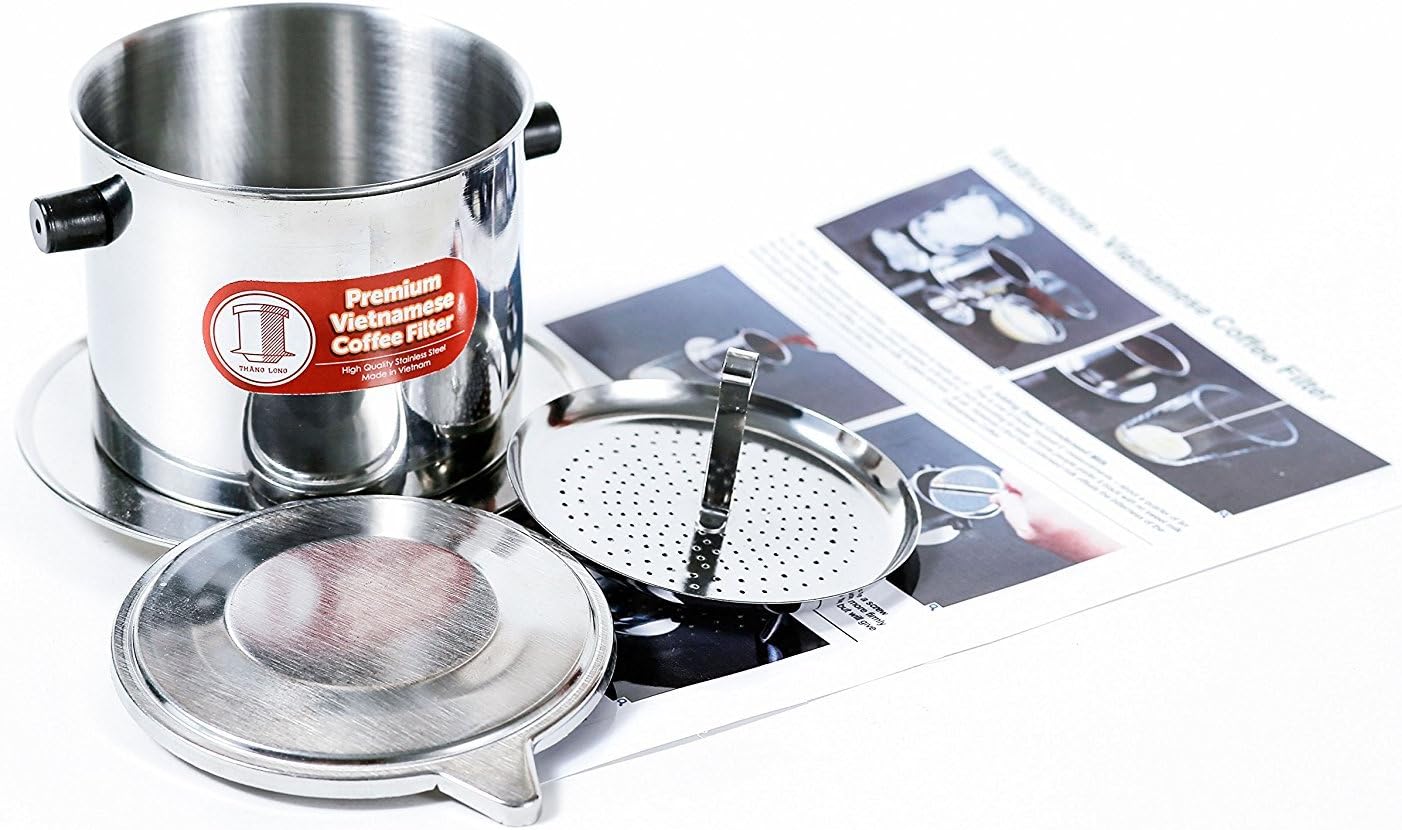

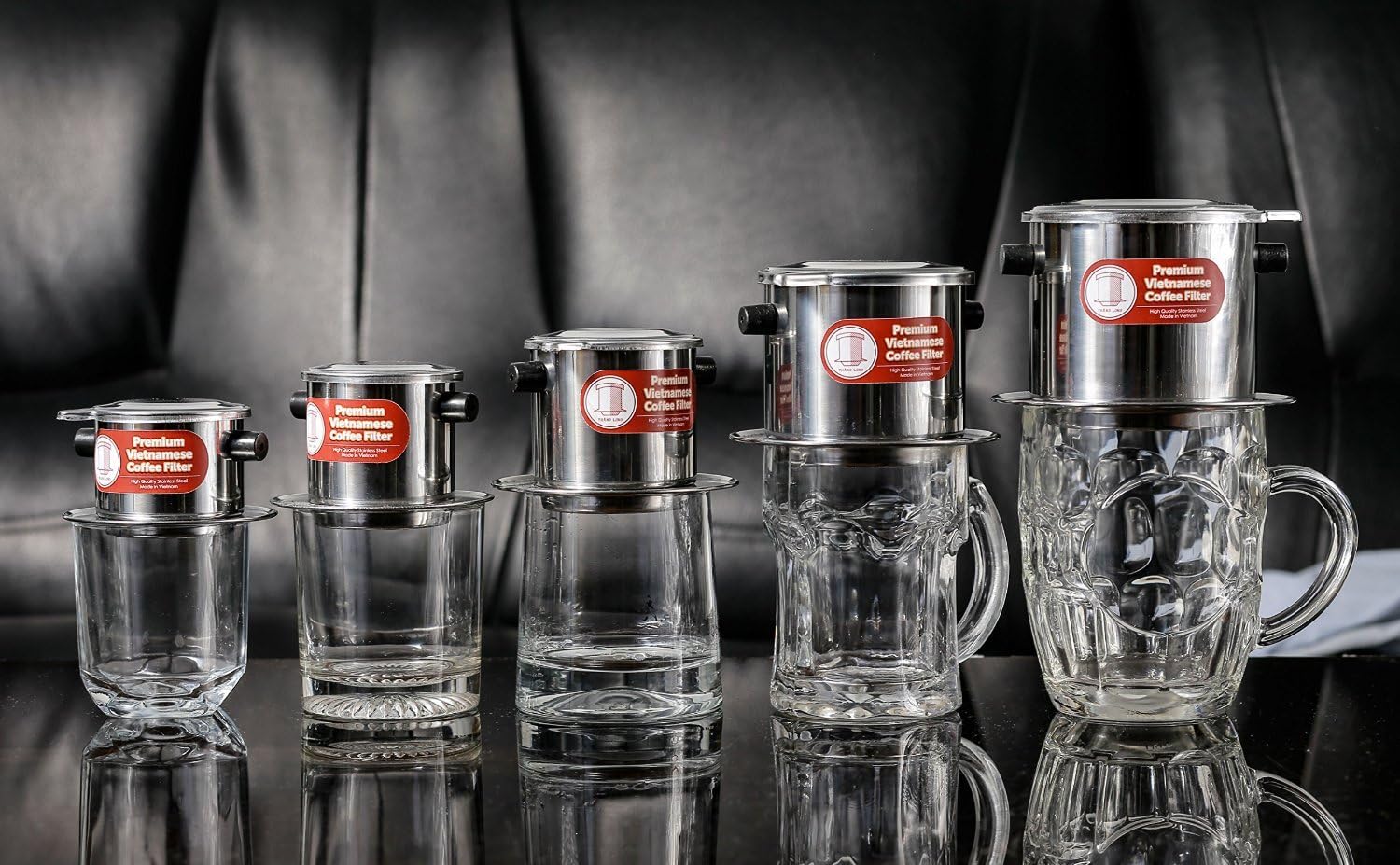
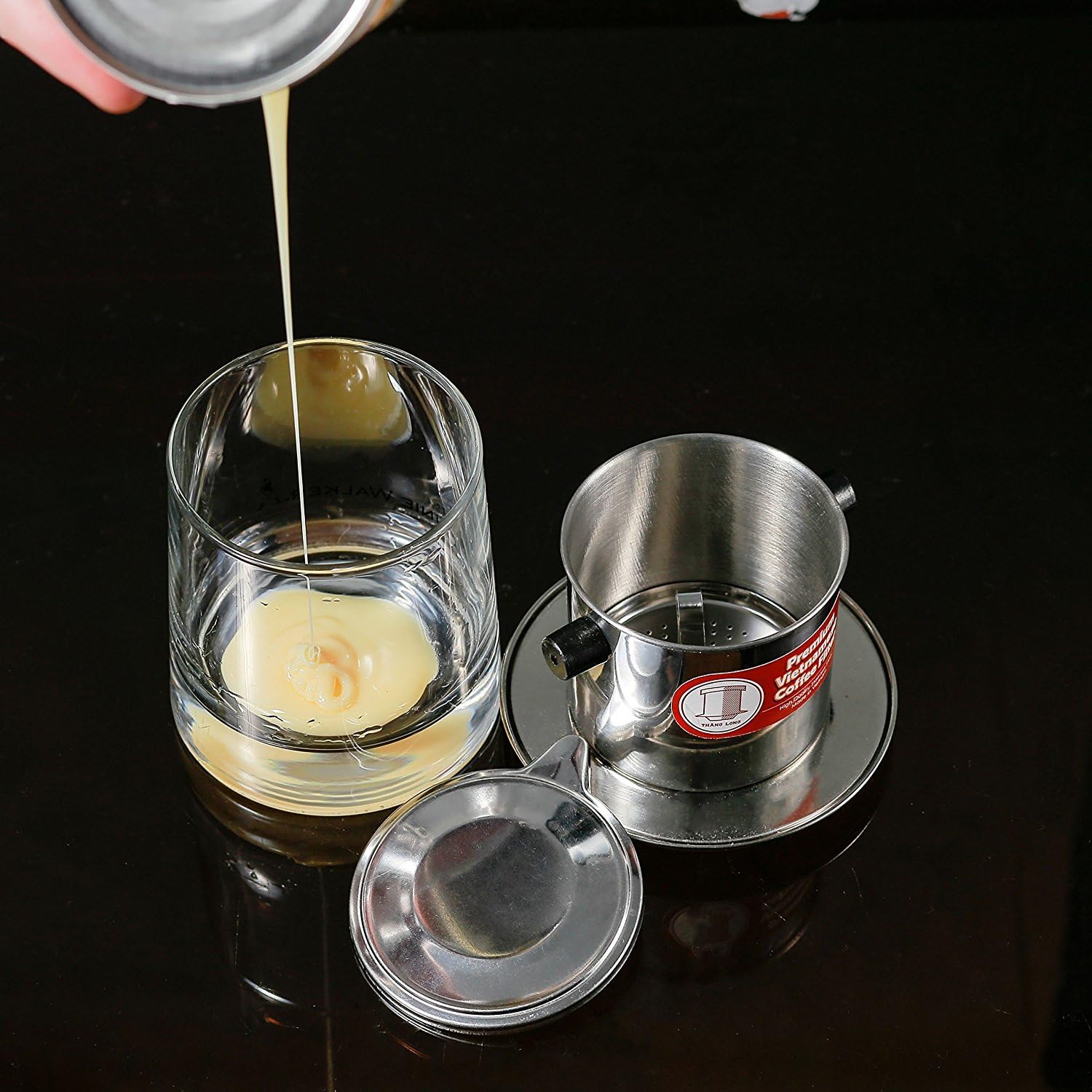

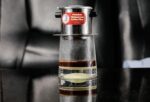



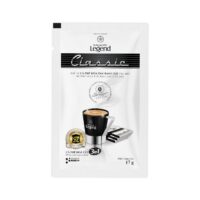


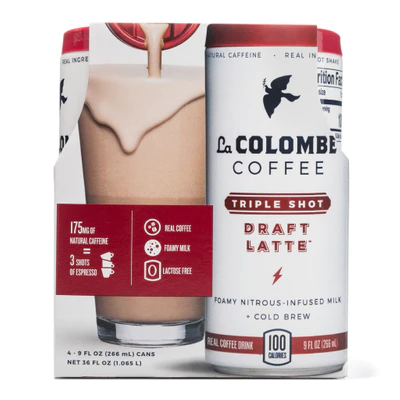






Wenge Wong –
The product came as described and with a handy explanation! I already knew how to use the phin, but the handy sheet really gave all the details for a first time user. I am satisfied with how it dripped my coffee!
Amazon Customer –
The Phin arrived the next day after ordering and appears in perfect shape and to be well made. I appreciate that it truly is made of stainless steel as other coffee makers I’ve purchased haven’t lived up to this claim. However, I realize I should have bought the next size larger. The 8 oz. size won’t be quite large enough as the coffee grounds will take up a portion of the 8 oz. container. I might try it with loose tea. Returns are a nuance so be careful selecting the size of your Phin!
Kealy Baron –
It’s my first time using a phin, i recently got into Vietnamese coffee and this was really easy to use! I’ve been enjoying it a lot so thank you !
Alberto Castillo Correa –
La cafetera vietnamita, conocida como “phin”, ha ganado popularidad en todo el mundo gracias a su diseño único y la capacidad de producir un café robusto y delicioso. En esta reseña, exploraremos los beneficios y las posibles desventajas de esta icónica herramienta de preparación de café.
Uno de los beneficios clave de la cafetera vietnamita es su simplicidad y facilidad de uso. Consta de solo cuatro partes: la parte superior, el filtro, la cámara de filtrado y la tapa. Este diseño minimalista hace que sea accesible incluso para aquellos que no son aficionados al café expertos. Además, no requiere electricidad ni componentes complicados, lo que la convierte en una opción ideal para los amantes del café que aprecian la simplicidad y la autenticidad en su taza matutina.
La calidad del café producido por la cafetera vietnamita es otro punto destacado. El método de preparación lento y el filtro de metal perforado permiten que los sabores se desarrollen plenamente, resultando en una taza de café rica y fuerte. La opción de ajustar la cantidad de café y la velocidad de vertido permite a los usuarios personalizar su bebida según sus preferencias individuales.
La versatilidad es otro beneficio clave de la cafetera vietnamita. Aunque tradicionalmente se utiliza para hacer café vietnamita, también se puede emplear para preparar otras bebidas, como el famoso “cà phê sữa đá” (café vietnamita helado con leche condensada). Su diseño compacto facilita su almacenamiento y transporte, lo que la convierte en una opción práctica para el hogar, la oficina o incluso para llevar de viaje.
En términos de asequibilidad, la cafetera vietnamita es una opción asequible en comparación con algunas de las máquinas de café más avanzadas en el mercado. Esta relación calidad-precio es atractiva para aquellos que buscan una experiencia auténtica sin romper el banco. Además, al ser duradera y resistente, la cafetera vietnamita es una inversión a largo plazo para los amantes del café.
Sin embargo, no todo es perfecto con la cafetera vietnamita. Una posible desventaja es la falta de control preciso sobre la temperatura del agua, ya que se calienta fuera de la cafetera y se vierte manualmente. Esto puede afectar la extracción y resultar en una taza de café que no alcance su potencial completo. Algunos usuarios también pueden encontrar que el proceso de preparación lento no es ideal cuando están en busca de una taza de café rápida por la mañana.
El mantenimiento de la cafetera vietnamita puede ser otro aspecto desafiante para algunos usuarios. El filtro de metal requiere una limpieza regular para garantizar un flujo de agua adecuado y evitar la acumulación de residuos. Aunque este proceso no es complicado, algunos usuarios pueden preferir la conveniencia de las máquinas de café automáticas que requieren menos atención.
En resumen, la cafetera vietnamita es una opción fascinante para aquellos que buscan una experiencia auténtica y tradicional de preparación de café. Su diseño simple, calidad de café excepcional, versatilidad y asequibilidad la convierten en una opción atractiva para los amantes del café en todo el mundo. Aunque puede tener algunas limitaciones en términos de control de temperatura y mantenimiento, los beneficios superan con creces las posibles desventajas para aquellos que valoran la autenticidad y la conexión con la rica tradición del café vietnamita.
A. Hooks –
I have been missing having Vietnamese coffee, and now I can make it at home. This was one of the best purchases I could have made.
Ilyssa –
I have been wanting to try this style of coffee brewing for a long time and finally got to try it. Bought the smallest size (4oz) because I tend not to drink too much coffee in one sitting. I had a bit of trouble getting used to it at first and made pretty weak cups, even though I used the recommended medium-coarse grind. Contacted the seller, who was super helpful with explaining how it’s supposed to work, and even offered to send me the screw-down version (the 8 oz) since I mentioned the trouble I had with getting the gravity insert to stay in place. Tried to experiment with both models but both produced weak coffee despite my efforts, so I tried grinding finer. That only made the coffee stall, until finally I decided to actually *read* the directions, instead of just skimming through it and trial-and-erroring it like I’d been doing (like I do with *all* of my coffee gear). Turns out I was packing too tightly for the finer grind, which was a bigger problem for the screw-down model since it locked the water in place, whereas the gravity model had more space to go, but it was slower like the instructions said.
After some practice and being careful not to pack too tightly with my finer grind, I found that I was able to produce nice, rich cups with both models, though I have to give extra points to the gravity model for allowing the coffee enough room to bloom and enough space for the liquid to drip through. The screw-down model, I found, was pretty easy to mess up and needed a bit more precision working to make sure the liquid is able to drip through without making the coffee too weak.
As far as taste is concerned, I really enjoy the strength these brewers are able to produce, and the texture is really something else. I’ve always preferred a heavier body for my brews, and this style of brewing definitely suits me. I’m always looking for ways to make espresso-like drinks on the go, and this one seems quite promising. Definitely gonna add more to my gear collection soon!
TL;DR: Took some practice, but works great and makes great strong coffee.
Merina –
This works really well! Makes a perfect cup of Vietnamese coffee everytime. It’s also so easy to clean and does not take up a lot of storage space.
Ben –
Since finding out that French Press coffee (and any coffee that doesn’t pass through paper filter) can lead to higher levels of cholesterol and LDL, I was looking to find a better way to brew. THIS IS THE SOLUTION!! No machines with their plastic tubing and no weakwarm coffee from pour overs. These phins allow me to make coffee with bolder flavor than a french press AND allow me to use a paper filter too reduce the cholesterol. See tips at bottom on what I learned from using them (makes a HUGE difference).
Quick seller feedback first: Fitzy Shop went above and beyond. The product is fullfilled by Amazon, which they felt shipping in a yellow envelope was sufficient…it was not. Obviously with 3 phins jammed in an enveloped that barely fit them, one of them was dented. I contacted the seller and they immediately shipped me a replacement and was very sincere in their reply of making sure I’m a satisfied customer. 5 star seller for sure!
TIPS for BREWING:
1.) Basic physics lesson I learned (maybe it’s physics, I’m not sure). So imagine when you hold the top of a straw filled with water and lift out of the cup. The water stays in the straw. I think there’s a similar concept at play when brewing. If you looked at people’s pics they’ve shared you’ve seen a couple where the coffee doesn’t go through the filter but overflows. NOT THE PHINS FAULT! What I’ve found is if the cups mouth is not wide enough, the air in the cup can’t be displaced and coffee overflows. If you see this happen, simply tilt the bottom filter plate so it’s not fully contacting the cup. You’ll see the coffee then flows through. Lesson here, use a cup wide enough esp if you’re getting the 15oz phins like I did.
2.) The 15oz phins can use a 2-4cup basket filter (sometimes called junior filter). DON’T put the filter into the phin and then put coffee in lest you want to press the whole paper filter down. What I do is put the coffee in the paper filter first and then place on top of the phin (see pictures). Then uses the inner press to push the coffee down, thereby causing the paper filter to wrap around it.
3.) Pre-wetting the coffee and pressing again makes a world of difference. Put in about 2oz of hot water in first and give it a min. Then press the coffee again (I actually don’t press the stem bc it’s not even, I press directly on the disc part). After that you can use the rest of the hot water. BONUS TIP: Remember tip 1? The size of the cup makes a big difference in brew. Narrow mouth makes the water slower to go through, thereby a fuller flavor. Wider mouth allows water to go faster, weaker flavor. Too narrow, it overflows. It’s all about trial and error here.
4.) If you use a paper filter, I find the grind that works best is just a bit coarser than for a drip. I use a Starbuck burr grinder and it’s 2 notches coarser than drip. Works great. At that grind, I use 2 heaping tablespoons for the phin. If I’m making a Viet coffee with condensed milk (hot or cold) I’ll double it.
Hopefully these tips help others that have bought this or looking to buy these. I love mine!
GaS Ginsters –
There’s so much to making that perfect cup of Jo that I don’t even know where to begin.
So, let me start by saying that I’ve been using Coffee Phins for over 20 years. I have two sizes, a 6oz and 10oz. Both are the screw on models. After 16 years of use, the center pin broke off my 10oz Phin (it was welded on). Needless to say, it still worked, but it wasn’t the same… and so I was in search of a new Phin. These Phin’s by Trung Nguyen appeared to be good quality Phins, Amazon customer’s highly rate it, and these come with a LIFETIME warranty which gave me total confidence in the product.
The closest size they carried to my 10oz was the 11oz, so I went with it. It was the newer “gravity press” version rather than the screw on type of my old Phins, but even with my old Phin’s I never screwed the Press in, so I wasn’t worried. I brewed a few cups with this phin and they were terrible every time. Upon further investigation, I concluded that the Phin Press was too small. This created a gap and allowed the grinds to float above the press, thus altering the taste of my coffee.
I reached out to Fitzy (the seller) thinking they gave me a defective product (the press seemed like it was for a 10oz Phin, not 11oz). Fitzy immediately acknowledged my concern, and took full responsibility by giving me a full refund, no questions asked. 5 stars alone for the customer service and response time.
Now I’ve been fortunate enough to try 2 other Phins (complementary of Fitzy). I have received both the screw on and the gravity insert 8oz Phins. I’ve used these alternately for about 2 weeks now, and I must admit, I’m very pleased with the performance from both of these. They closely resembled my old Phins. Note: my older Phins are only three pieces (the phin, the press, and the lid), but these Phins are four pieces, with the fourth being the cup plate. It acts as another filtration layer (which I’m still not used to), but doesn’t alter the taste of my coffee. It take a fraction longer to brew, but there’s no discernible difference in taste.
The LIFETIME warranty is good enough reason to try these Phins, but I’ve experienced their customer service first hand, and they don’t try to weasel out of their warranty. Fitzy’s integrity is 5 stars, and I highly recommend you try these Phin’s (just not the 11oz for now — Fitzy working with their manufacturer to resolve the fit issues on the press). The 8oz Phins work great and they’re super versatile. They’re perfect for travelling or camping, and each cup of coffee can be catered to individual tastes.
Now for those that are just not getting that perfect cup in the mornings, here are some tips to using a Phin.
1. The coffee beans. With the plethora of beans out there, finding the right brand and roast is key. This may take a while, but determining this is step one. If you already have a favorite bean, you’re all set and ready for step 2!
2. The grind. Aside from fresh ground being the best, how fine you grind your bean is also a factor. In general, the finer the grind, the more flavor you lose during the grinding process. Also, there are different grinds for different brewing methods. French press and Phins often recommend a medium grind. But you need to be careful, a medium grind typically results in a weaker cup of coffee when using a coffee phin (Water passes through too quickly and doesn’t have enough time to extract the flavor from the coffee grounds). If you grind your own beans try the different grinds. For me I like it on the finer side, but not so fine as espresso (NB: Too fine a grind will result in grinds filtering through the holes of the phin and entering your coffee!)
3. Temperature of water. Believe it or not, this does affect the flavor. Colder water will result in flat, under-extracted coffee, water that is too hot will cause a loss in the taste of the coffee. Coffee is best brewed with water between 195°F – 205°F. Now I know what you’re thinking, how do you get that when water boils at 212°F?! Well, there are water boilers out there that boil and maintain water in this range. I have an older Zojirushi water boiler that keeps water temps at 3 settings, 140°F, 194°F, 208°F. The 140°F temp is the minimum temperature required to kill bacteria, so if you’re just using it as drinking water, this is the setting to use. The 194°F is for Coffee, and the 208°F is for “cooking” instant noodles. Some have a fourth temperature setting (172°F), which is designed for loose leaf teas. The ideal water temperature to steep loose leaf Green tea is 172°F. Loose leaf black teas are not as sensitive and can tolerate higher temperatures. While these water boilers are not cheap, they may be worth the investment if you use it regularly (I’m on my 2nd one in 16 years.)
4. Lastly, there’s a process when using a Phin. A coffee Phin needs the grounds prepped and packed (i.e. they need to be wet.) To do this, fill the Phin with the preferred amount of coffee grounds, then slowly fill about 1/3 of the phin’s capacity with water and let the coffee filter through. Make sure there’s enough water to wet all the grounds. As the coffee grounds absorb the water, it will naturally “pack” the coffee grounds. This resultant coffee from “packing” the grounds will naturally be weaker coffee, you can either discard it, or you can keep it. Next insert the inner piece (screw down or gravity press) of the phin to trap the grounds in place. With the grounds “packed” you need to apply excess pressure or force when inserting the press plate. If you have the screw on type, how tight you screw it on will also affect the brew. For coarser grinds, go more tight. For finer grinds, screw until there’s resistance (do not over tighten!) If you have a gravity press, then your coffee grounds should be on the finer side and you can just insert the press in place and stop once you feel resistance. Finally, fill up the Phin with water. The coffee will take 5-7 mins to brew for the large size Phin (11 oz), and still be a good drinking temperature.
As with every recipe, it’s dependent on personal preferences and taste. You need to constantly tweak your recipe until it’s perfect for you. Short on grounds and want to stretch that last cup? Just apply more pressure with the press plate to the “Packed” grounds and it will slow down the filtering process and produce a stronger cup of coffee.
Traditional Vietnamese Coffee made with a Phin has a condensed milk base. The coffee drips directly onto the condensed milk, and the ideal size phin to use is the 4oz or 6oz phin. This will brew your cup in less than 5 mins. The coffee will be hot, and still drinkable, or ready to pour over ice after mixing. If you’re making espresso, go for the 4oz Phin. For a regular cup of coffee, I’d recommend the 6oz or 8oz Phin’s. If you love your coffee, do what I do and make multiple cups, rather than one large one. This keeps the coffee hot and fresh. If you need to make larger amounts, rather than go for a bigger Phin, I recommend you use a different method (I use an Italian Moka or a French Press). A larger Phin may take longer to brew a cup and hence alter the drinking temperature.
If you like Vietnamese style coffee, I recommend you purchase multiples of these (just not the 11oz phins — Fitzy is working with the manufacturer in resolving the fit issue) as there is some good savings value (save 20% on 2, 30% on 3). The extra’s will come in handy with company and household or family members. They’re super easy to clean, and they’re great for travelling and camping!
Angela F. Holloway –
I have been looking all over the place for a Vietnamese Coffee Press. I was on Instagram, when I saw a person using one and the rest is history. I just love my press and I am planning on getting the X-Large (15 oz) next.